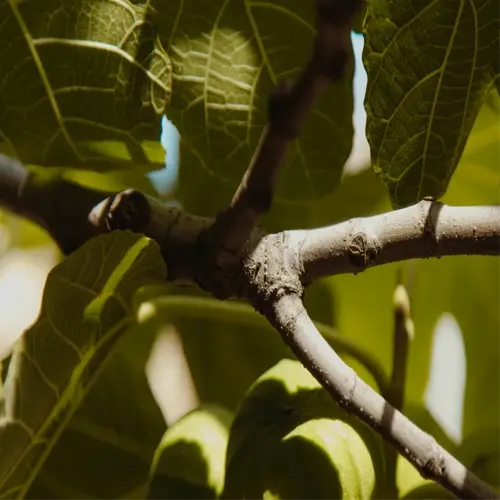Can you eat ginger leaves?

Written by
Liu Xiaohui
Reviewed by
Prof. Martin Thorne, Ph.D.While the topic of growing ginger is frequently dominated by the rhizomes, there are several culinary possibilities with the leaves of the ginger plant. Young leaves can bring a subtle "citrusy" flavor to cooked dishes, and older leaves can add flavor to broths when steeped. If the leaves are tender enough, I even tear some salad leaves into my salad for a lovely, mild heat that surprises my guests at dinner.
Edible Components
- Young leaves (under 6 inches): Soft texture
- Mature leaves: Tough veins require removal
- Leaf shoots: Delicate flavor for garnishes
Culinary Applications
- Steep in hot water for antioxidant-rich tea
- Wrap fish or tofu before steaming
- Chiffonade into noodle dishes
Remove leaves by peeling back fibrous midribs, which is the central vein that allows them to be chewy. Blanch the mature leaves in salted water for 45 seconds to soften them. My Thai cooking instructor instructed me to roll and slice them thinly for larb salads, and while this may limit their toughness, the flavors will be super-rich.
Harvesting Tips
- Avoid plants treated with pesticides
- Wash leaves in 3:1 water-vinegar solution
- Refrigerate in damp towels for 5-day freshness
Outside the kitchen, ginger leaves serve as a good source of compost with their nitrogen weight, wet or dry. Dried mature ginger leaves are great to use for herb sachets, as the fragrance repels pantry moths. As part of my zero-waste use of a plant, I incorporate all parts of a plant in line with sustainable growing practices for growing ginger.
Read the full article: How to Grow Ginger: A Complete Step-by-Step Guide

